This is the padock is only a short block away from our house and helps everyone get a little walking into their day. We planted this grass in this leased one-acre field last Spring and the picure is just before we harvested the hay for the winter. I have to admit that I can't really tell one type of grass from another except for the orchard grass which stands out in color and shape. The brome and the fescue - if they both germinated - should both be there as the primary crops. I can tell there are other types that came through that look like Buffalo or Rice grass. I thought it would be easier to tell the type of grass but even with lots of research, there are so many variations, I am not able to discriminate for certain. I would welcome anyone interested to see what we have given I planted over 10 varieties. |
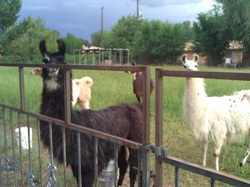
Once established, that will be the llama picnic area - right outside our yard. The timing of this addition is perfect as the other 1 acre field that we lease needs a break from the action. Our four llamas did a nice job of mowing down (and fertilizing) all the grass we planted last spring and we hope it will come back even thicker now.
With some time and attention, we hope this new field will look like the first 1 acre field that we planted. With this new space, getting some more animals may be irrestistable - if they are of the camelid species. We may even consider agisting. We now have 2.5 acres of pure field under lease andthe option to lease another acre, if needed.
A huge thank you to all the fine neighbors we have in the North Valley in the Villiage of Alameda who support my llama infatuation. Everyone is encouraging and seems to enjoy the addition to the neighborhood. I always get friendly remarks and questions when seen walking down our neighborhood streets with a llama on the leash.
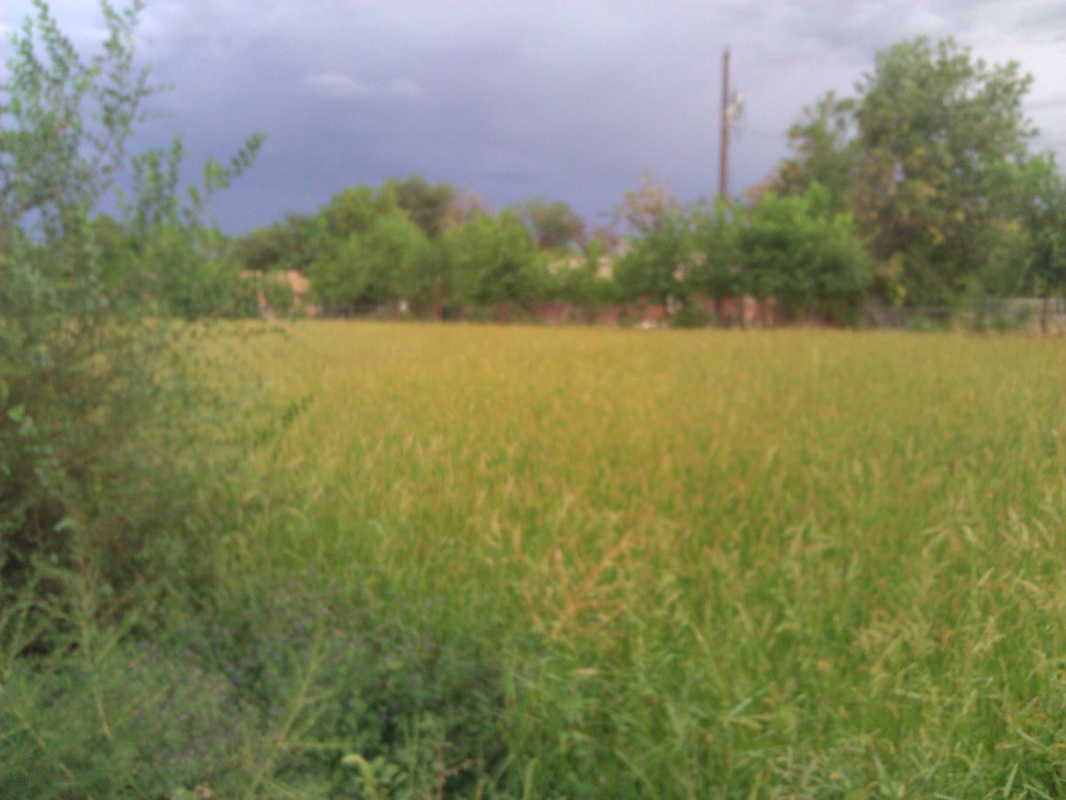
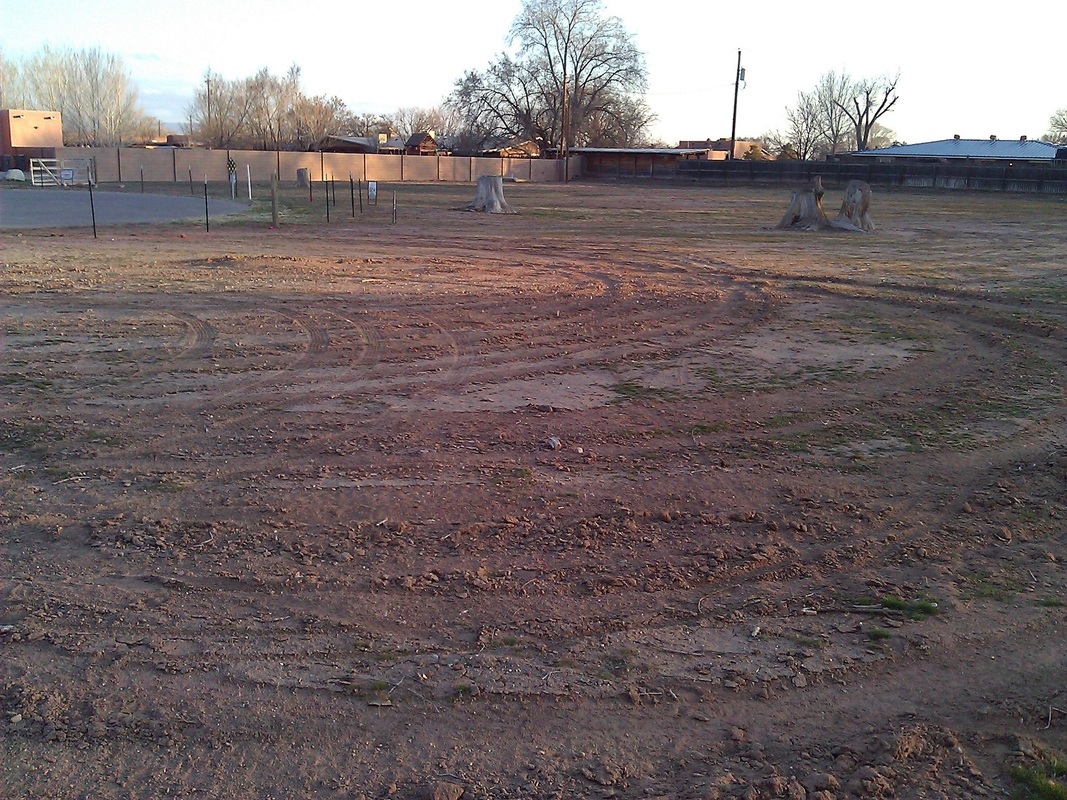
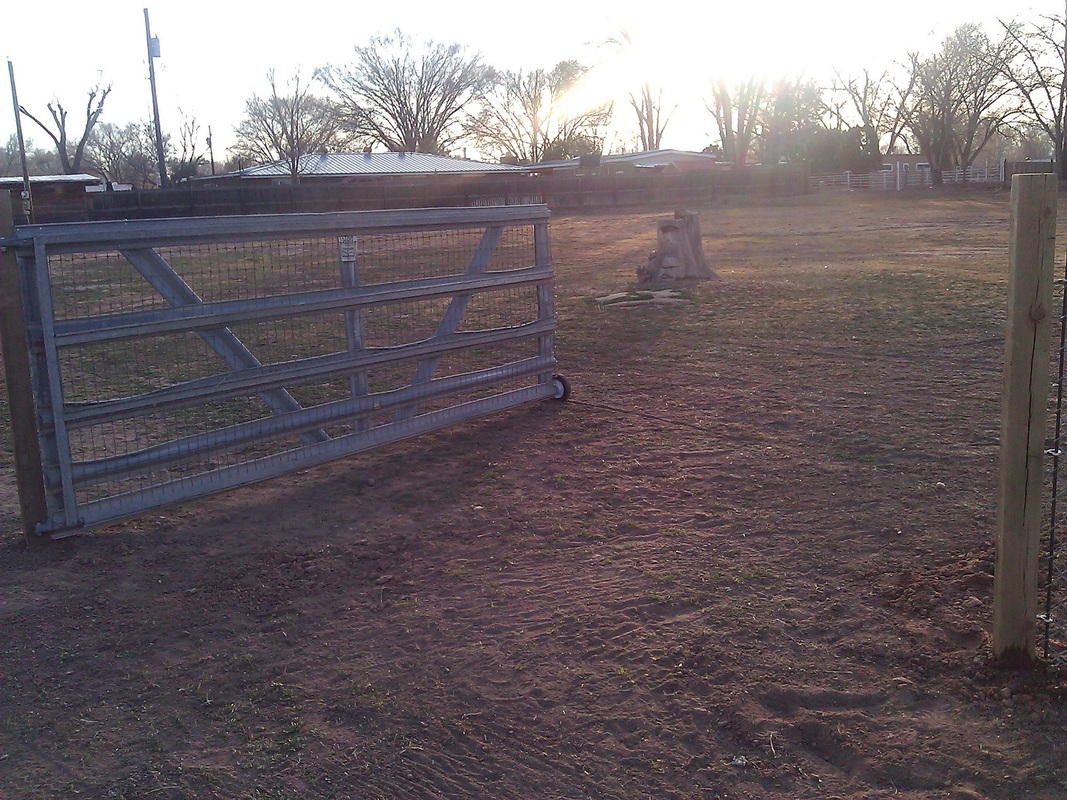
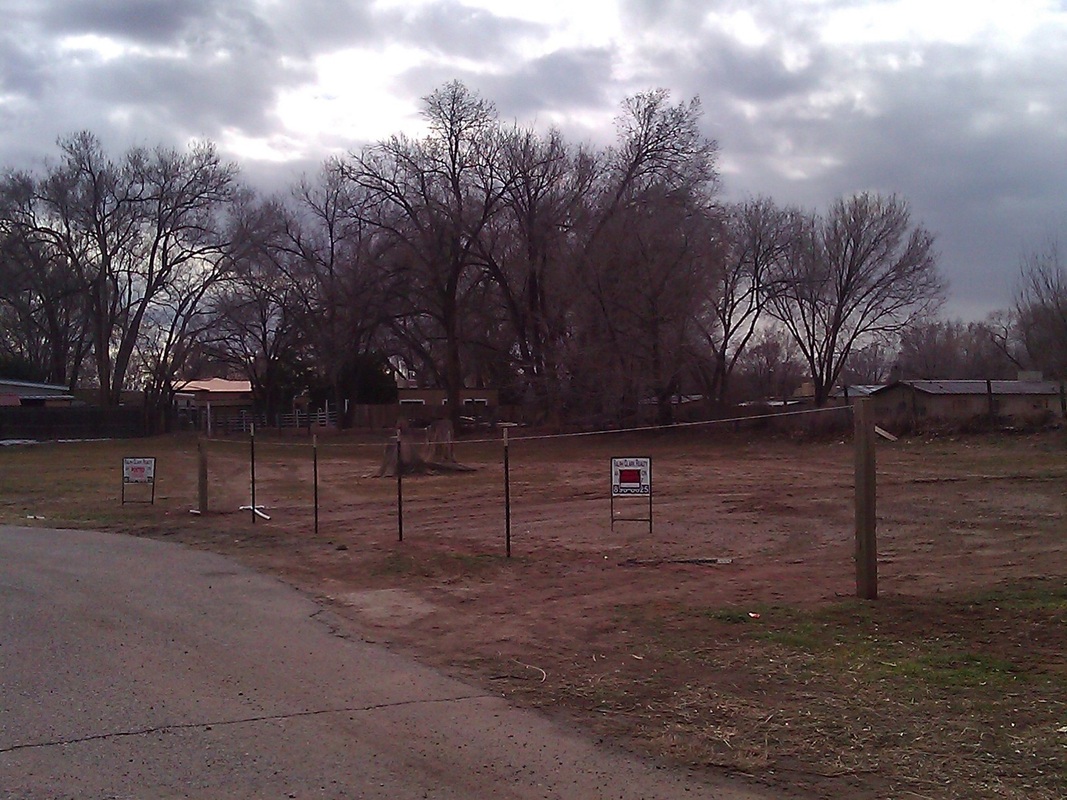
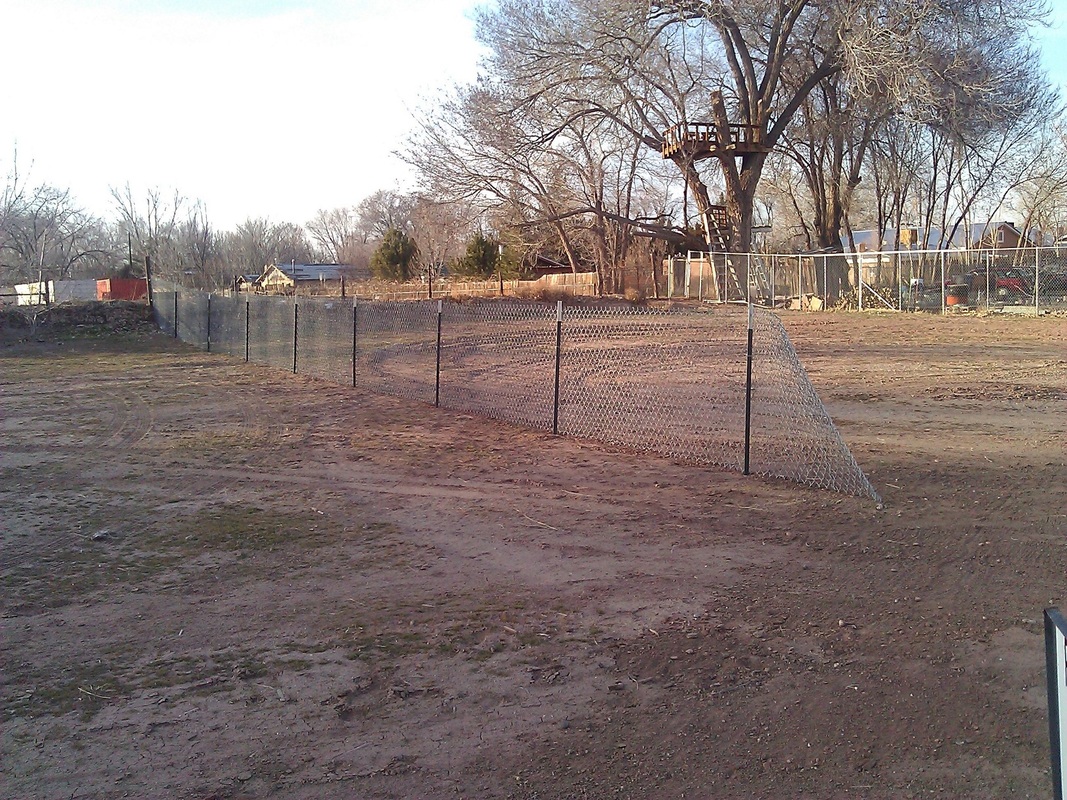


 RSS Feed
RSS Feed